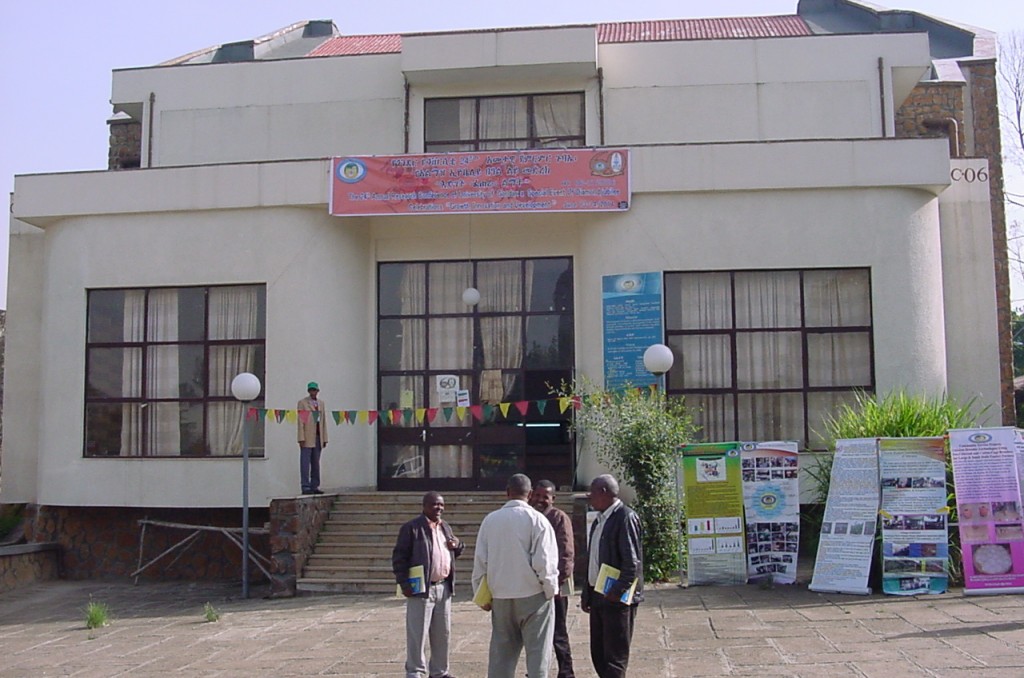Our One Health program was mentioned yesterday by The Columbus Dispatch in an article on Ohio State’s College of Veterinary Medicine.
Here’s an excerpt:
“About 75 percent of emerging diseases originate from animals,” said Dr. Wondwossen Gebreyes, the director of the infectious-diseases molecular epidemiology laboratory. “That’s why our work in veterinary medicine is crucial, not just to save animal life but also to save human lives.”
With growing interest in that link, Ohio State now offers a degree that can be completed in four years by combining a two-year master’s in public health with a four-year doctorate in veterinary medicine. Graduates can fill the demand for veterinary experts at agriculture companies and government health departments.
“They will be detectives of diseases, from the animal side,” said Dr. Armando Hoet, the coordinator of OSU’s veterinary public-health program.
Students learn how to wear protective gear to deal with Ebola, anthrax or other infectious diseases that can pass between humans and animals. They learn about bioterrorism and that 80 percent of agents that can be used as infectious weapons spread from animals.
“We train professionals to deal with those diseases both in the animal side and human side, and to prevent transmission from one population to the other,” Hoet said.
A summer program has started sending students to Ethiopia to look for ways to help prevent the spread of rabies. Other projects study whether salmonella bacteria strains from around the globe act differently and how influenza jumps from pigs to people at Ohio county fairs.
Read the full article on the Dispatch website >>























